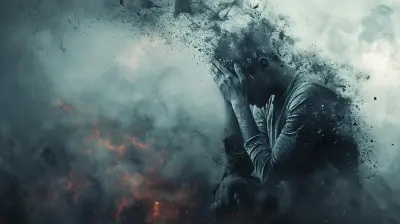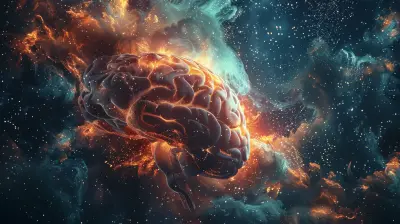Complex PTSD: Understanding Its Unique Challenges
29 July 2025
Have you ever felt like your emotional world is constantly under siege, even when you're physically safe? Or maybe you've been trying to heal from something that happened a long time ago, but no matter what you do, the pain keeps resurfacing. If that sounds familiar, you're not alone—and there’s a chance you might be dealing with something more than just traditional PTSD. Let’s have a heart-to-heart about Complex PTSD and its unique set of hurdles.
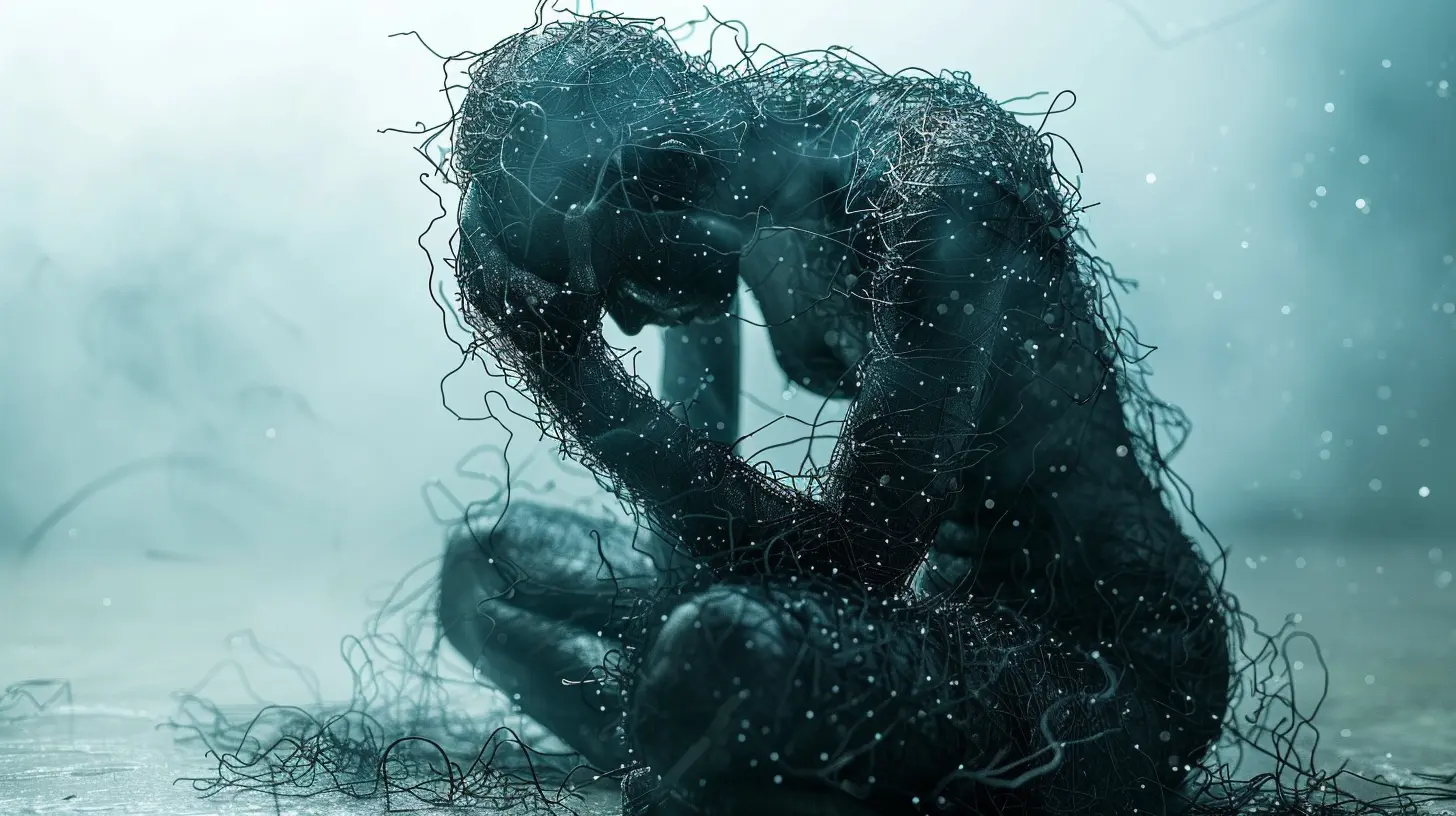
What Is Complex PTSD?
First off, let’s break it down. PTSD, or Post-Traumatic Stress Disorder, is something many of us have heard about—usually in the context of survivors of war, natural disasters, or violent attacks. But Complex PTSD (sometimes referred to as C-PTSD)? That’s a different beast altogether.Complex PTSD stems from prolonged or repeated trauma—think long-term abuse, neglect, domestic violence, or life in a war zone. Instead of a single traumatic event, imagine a constant storm battering someone’s emotional landscape for years. That’s C-PTSD.
Here’s the key difference: While PTSD can result from a one-time traumatic incident, Complex PTSD forms over time, when someone doesn’t have a chance to process and recover between events. It’s like trying to swim while waves keep pushing you under.
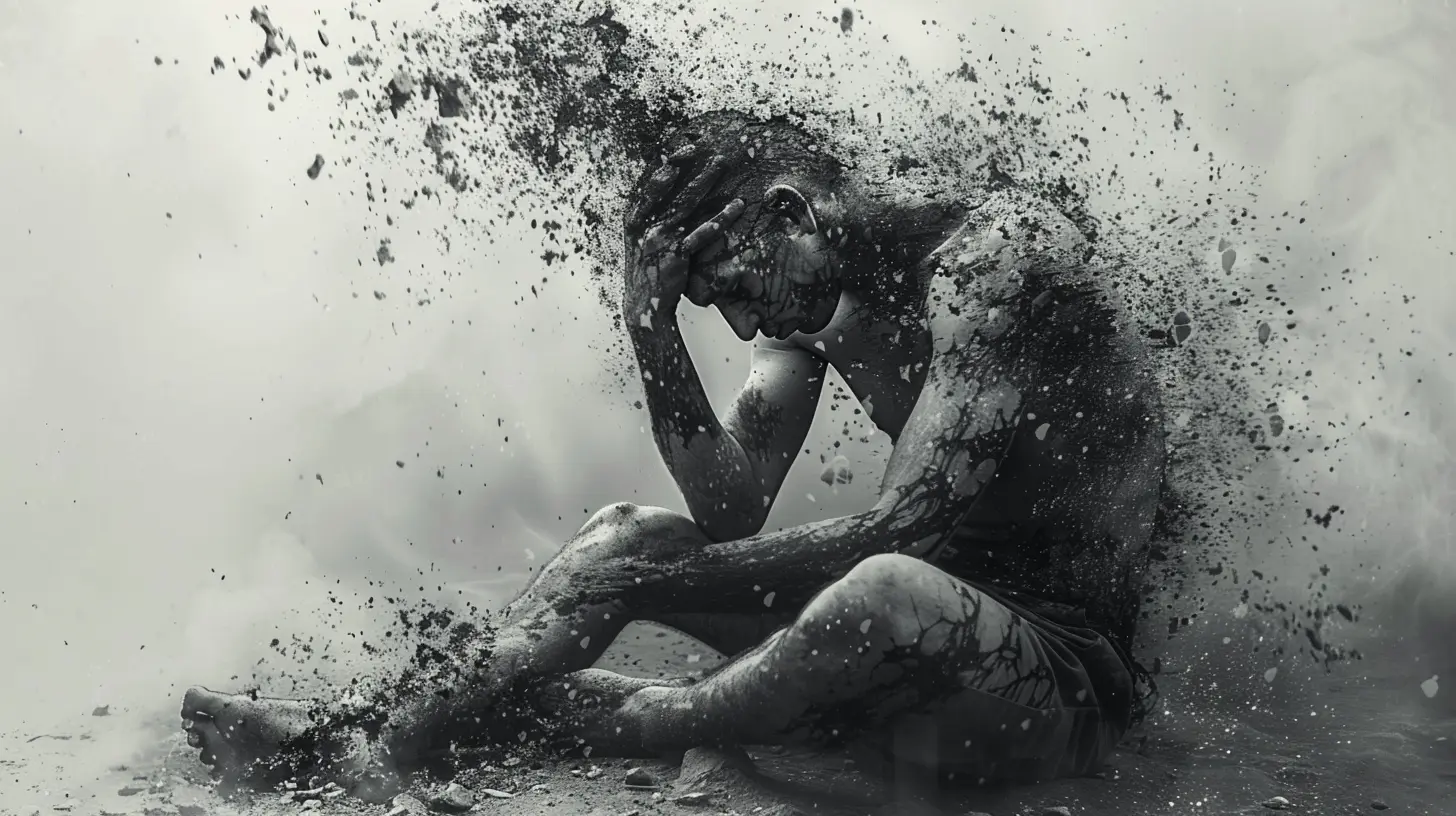
The Roots of Complex PTSD
So where does C-PTSD come from? Most often, it starts in childhood. Kids who grow up in physically or emotionally abusive households, who feel unsafe or unloved, or who experience chronic neglect are most at risk. But it’s not limited to childhood—adults trapped in abusive relationships or survival situations for long periods can develop it too.And it’s not just the trauma itself. It’s the lack of escape, the feeling that there's no relief, and no one coming to help. That sense of helplessness eats away at a person’s sense of self over time.
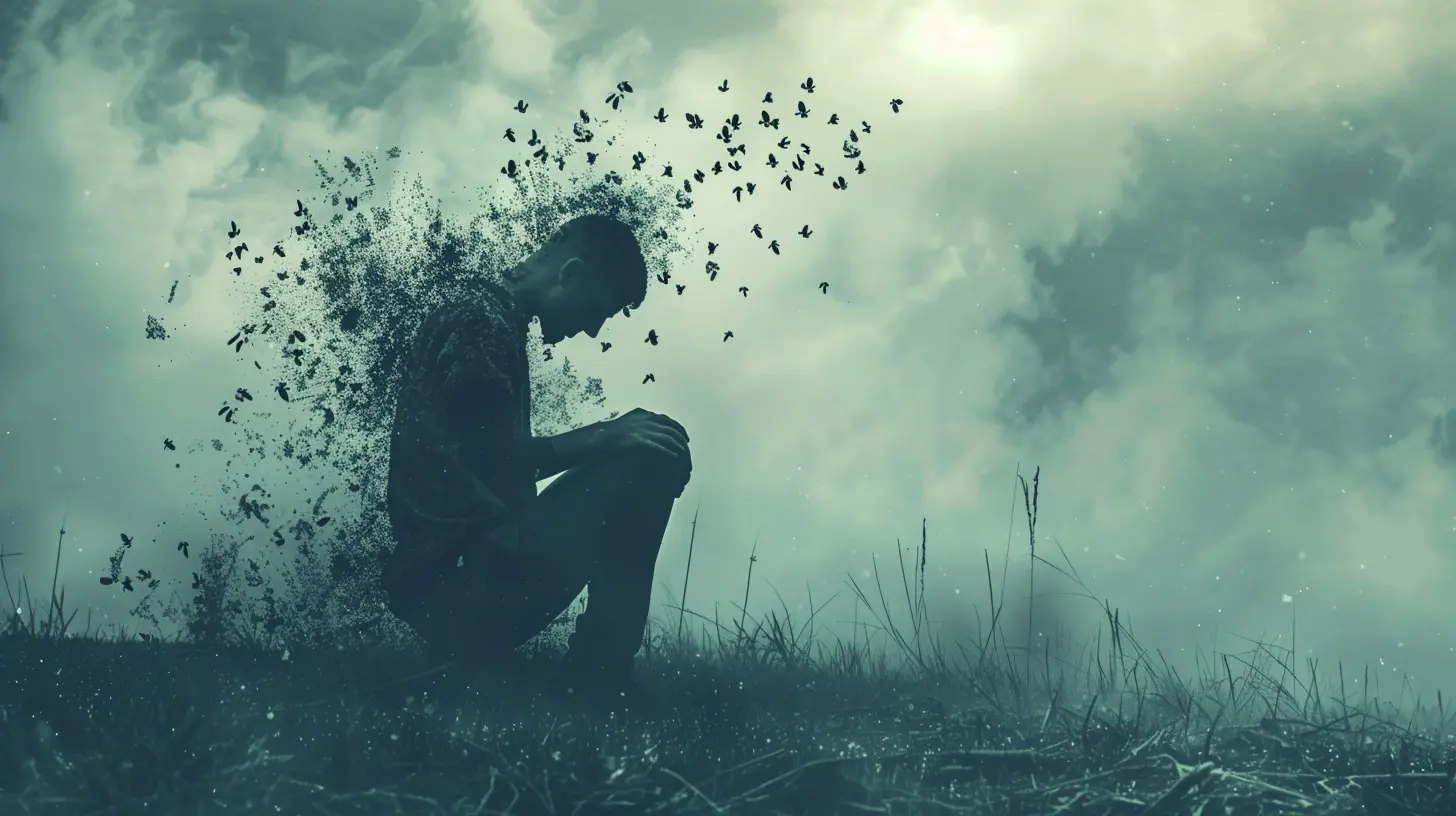
How Does Complex PTSD Differ From PTSD?
Let’s talk symptoms because it’s important to understand what makes Complex PTSD, well… complex.PTSD often includes symptoms like flashbacks, nightmares, and heightened anxiety. Complex PTSD includes all of those too, but with added layers that make daily life even harder.
Key Symptoms of Complex PTSD:
- Emotional Dysregulation: Mood swings that come out of nowhere. One moment you’re okay, and the next, you’re overwhelmed by sadness or rage.- Negative Self-Perception: People with C-PTSD often struggle with shame, guilt, and feeling like they're broken or worthless.
- Relationship Difficulties: Trust issues and fear of intimacy are huge. Maintaining close connections feels risky and exhausting.
- Dissociation: Ever feel detached from reality or yourself? It’s like your brain is trying to protect you by making you “check out.”
- Persistent Sadness or Depression: Not just every so often, but a lingering sense of hopelessness and emotional fatigue.
- Preoccupation with the Abuser: This might come across as obsessive thoughts about the perpetrator or even a weird sense of loyalty or guilt toward them.
Basically, if PTSD is a cut, Complex PTSD is a deep, infected wound that keeps reopening.

Why Is Diagnosis So Tricky?
Here's the frustrating part—C-PTSD isn’t always recognized as a distinct diagnosis, especially in the United States. While the World Health Organization (WHO) acknowledges it, the DSM-5 (Diagnostic and Statistical Manual of Mental Disorders) used in the U.S. does not have a separate listing for Complex PTSD. This means some folks get misdiagnosed with borderline personality disorder, depression, anxiety, or standard PTSD.And that misdiagnosis matters. Because if you don’t identify the root of the problem, the treatment might not work. It’s like trying to fix a malfunctioning car engine by repainting the hood.
The Unique Challenges People Face
C-PTSD isn't just emotionally draining—it can feel like your mind is trapped in a cycle that you can’t escape. Let’s walk through some of the hurdles people face when living with Complex PTSD.1. Shattered Sense of Self
When trauma happens repeatedly—especially during formative years—it messes with your inner compass. You might not even know who you are anymore. People with C-PTSD often feel like they lack identity or are just “going through the motions.” It's like someone rewrote the blueprint of their personality.2. Trust Issues and Isolation
Can we talk about how hard it is to form relationships when your brain is wired to expect betrayal? People with C-PTSD often isolate themselves—not because they want to, but because vulnerability feels like a setup for more pain.You’re not “cold” or “distant,” your brain is just protecting you the only way it knows how.
3. Perfectionism and Shame
Here’s a curveball—many folks with C-PTSD become high achievers. Why? Because somewhere along the line, they learned that being perfect might earn love, or at least prevent harm. But that drive is fueled by shame, not self-worth. It’s like running a marathon with a broken leg just to keep people from noticing you're hurting.4. Feeling “Too Much” or “Not Enough”
Emotions in C-PTSD can be extreme—either flooding you or vanishing entirely. People often say they feel either “too needy” or completely numb. It’s exhausting to ride that rollercoaster every day.5. Body Memories and Somatic Symptoms
Even if you don’t have conscious memories of trauma, your body might hold onto them. That might show up as chronic pain, gastrointestinal problems, headaches, or even autoimmune issues. The body keeps score even when your brain tries to forget.
Navigating the Path to Healing
Okay, we’ve talked about the problems—how about some hope? Healing from Complex PTSD isn’t easy, but it is absolutely possible. It’s more of a marathon than a sprint, but every step counts.1. Therapeutic Approaches That Work
Not all therapy is created equal when it comes to C-PTSD. Here are a few approaches showing real promise:- Trauma-Focused CBT: Helps reframe negative thoughts and develop healthier coping mechanisms.
- EMDR (Eye Movement Desensitization and Reprocessing): Assists the brain in processing traumatic memories safely.
- Somatic Experiencing: Uses body awareness to release trauma stored in the nervous system.
- Internal Family Systems (IFS): Helps people connect with their "inner parts" and develop self-compassion.
- Dialectical Behavior Therapy (DBT): Especially helpful for emotional regulation and interpersonal effectiveness.
No, therapy isn’t magic—but with the right support, it can work wonders.
2. Building a Supportive Environment
Healing doesn’t happen in a vacuum. People need safety, encouragement, and understanding. Whether that’s a compassionate therapist, a supportive friend, or an online community—it makes a huge difference.If you’re supporting someone with C-PTSD, just listen. Don’t try to fix them. Just be there. That’s often more powerful than any advice.
3. Self-Care and Daily Practices
Let’s be real—trauma recovery is exhausting. That’s why self-care isn’t a luxury—it’s a requirement. Here are some grounding tools that can help:- Journaling to let the emotions out (even if it’s messy)
- Meditation and deep breathing to calm down the nervous system
- Movement, like yoga or walking, to reconnect with your body
- Artistic expression—paint, draw, sing, scream into a pillow if you need to!
- Consistent sleep and nutrition routines
Healing isn’t about huge leaps. It’s about tiny, consistent steps that add up over time.
Why Awareness Matters
The more that people understand Complex PTSD, the less shame survivors have to carry. When society mislabels someone as “dramatic,” “cold,” or “too emotional,” it hurts—and it reinforces trauma.But when we see people clearly, when we validate their experience, they begin to heal just a little bit faster.
Let’s normalize talking about this. Let’s speak about Complex PTSD with compassion and curiosity, not judgment or fear.
Final Thoughts
Complex PTSD is messy. It doesn’t fit neatly into boxes, and it doesn’t always make sense—even to the person living with it. But here’s the truth: if you’re dealing with it, you’re not broken. You’re surviving something that was never supposed to happen. That takes courage.Healing is possible, even if it’s slow. You don’t have to figure it all out today. Just take the next right step. And remember—you are not alone in this.
all images in this post were generated using AI tools
Category:
TraumaAuthor:

Christine Carter
Discussion
rate this article
1 comments
June Hamilton
Thank you for shedding light on Complex PTSD. Your insights provide hope and understanding for those struggling, reminding us that healing is possible and support is essential.
August 5, 2025 at 4:33 PM

Christine Carter
Thank you for your kind words! I'm glad the article resonated with you and provided hope to those navigating Complex PTSD.
